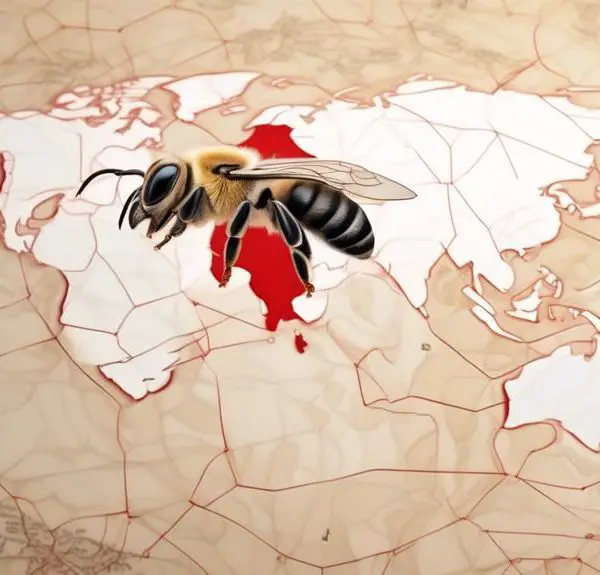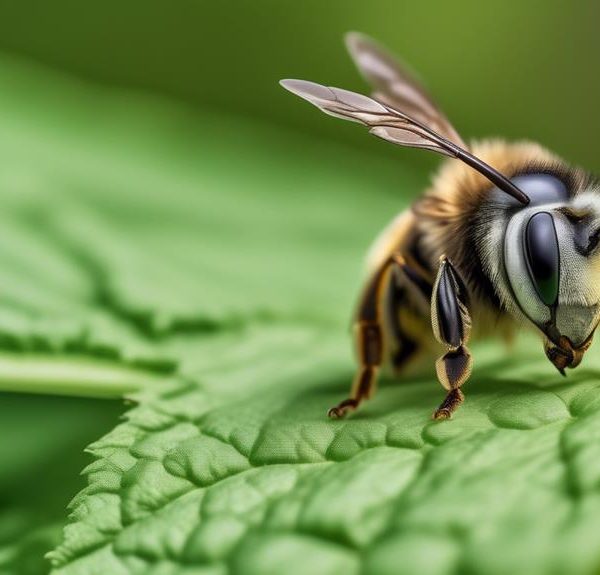Hive into the fascinating world of leaf cutter bees and discover if they produce honey like their honey bee counterparts.
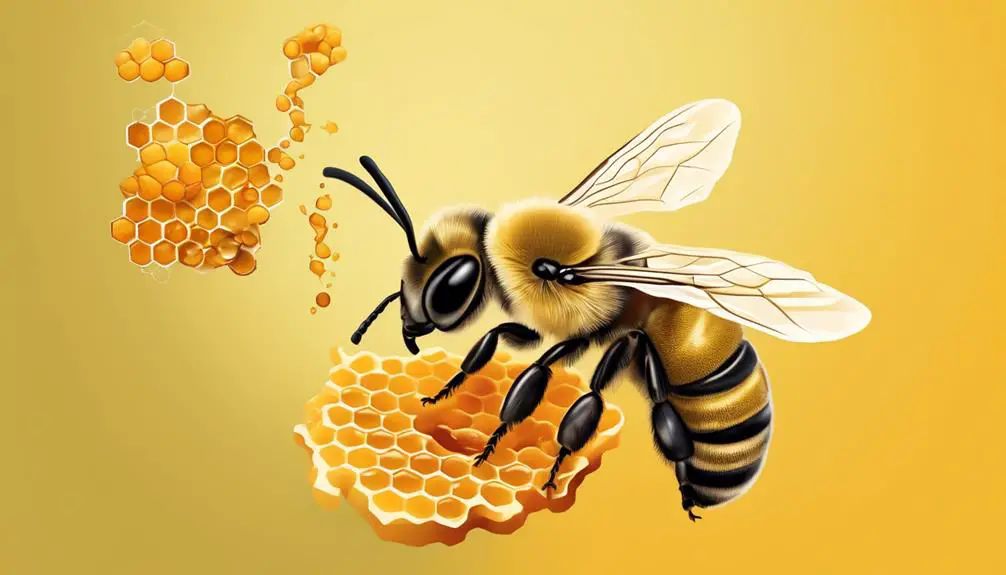
Do Leaf Cutter Bees Produce Honey
When you pour honey into your morning tea, you're savoring the fruits of a honey bee's labor, but have you ever wondered if other bee species, like the leaf cutter bee, produce this liquid gold?
You might be surprised to know that the world of bees is far more complex and diverse than you can imagine. Leaf cutter bees, for instance, have a unique lifestyle that sets them apart from their honey-producing counterparts.
But does this lifestyle include producing honey? Well, let's embark on a journey to explore the intriguing world of leaf cutter bees.
Key Takeaways
- Leaf cutter bees do not produce honey or beeswax.
- They collect leaf pieces to construct their nests, not to cause damage.
- Each female bee creates a series of cells within the nest, lined with leaf pieces.
- Leaf cutter bees are solitary creatures and play a crucial role in pollination and maintaining biodiversity.
Understanding Leaf Cutter Bees
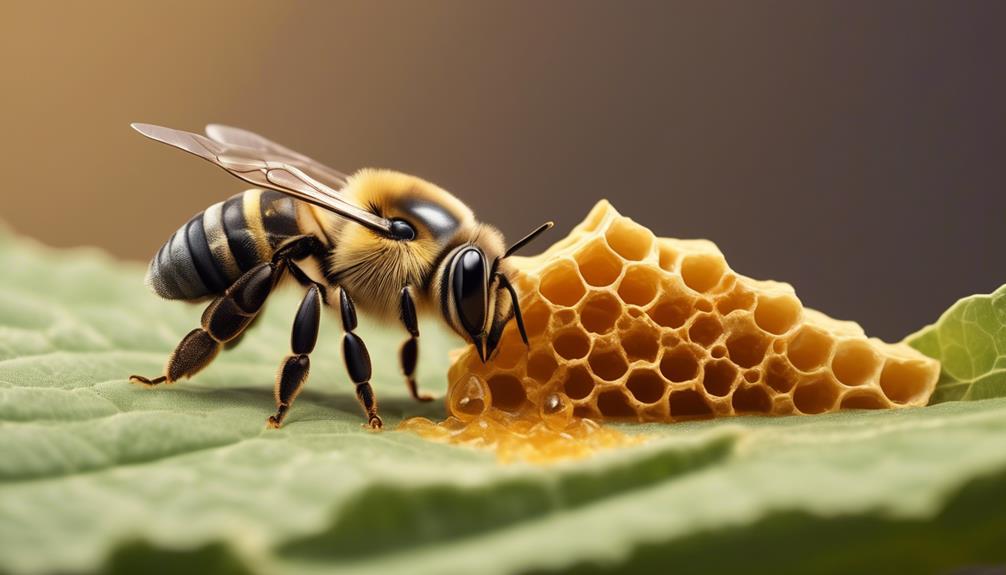
You may not be familiar with leaf cutter bees, but these intriguing insects are key pollinators, known for their distinctive habit of cutting out leaf sections to construct their nests. Unlike many other bee species, they're solitary creatures. Each female builds her own nest, typically in the ground or within plant stems.
The leaf cutter's unique nesting behavior involves carving out perfect circles from leaves, which they then use to line their nests. They're meticulous builders, arranging these leafy sections in a way that forms tiny, cylindrical cells within their nests.
Don't mistake these bees for pests. They're not interested in decimating your plants. Instead, they're focused on gathering pollen and nectar, ensuring the survival of their progeny. They're incredibly efficient pollinators, more so than honeybees. In fact, their hairs, which are more plentiful and branched, allow them to carry more pollen.
Understanding leaf cutter bees is crucial for appreciating their role in our ecosystems. They're not only fascinating in their behaviors but also vital in maintaining biodiversity. So next time you notice circular holes in your leaves, know that it's likely the work of these industrious insects.
The Unique Lifestyle of Leaf Cutter Bees
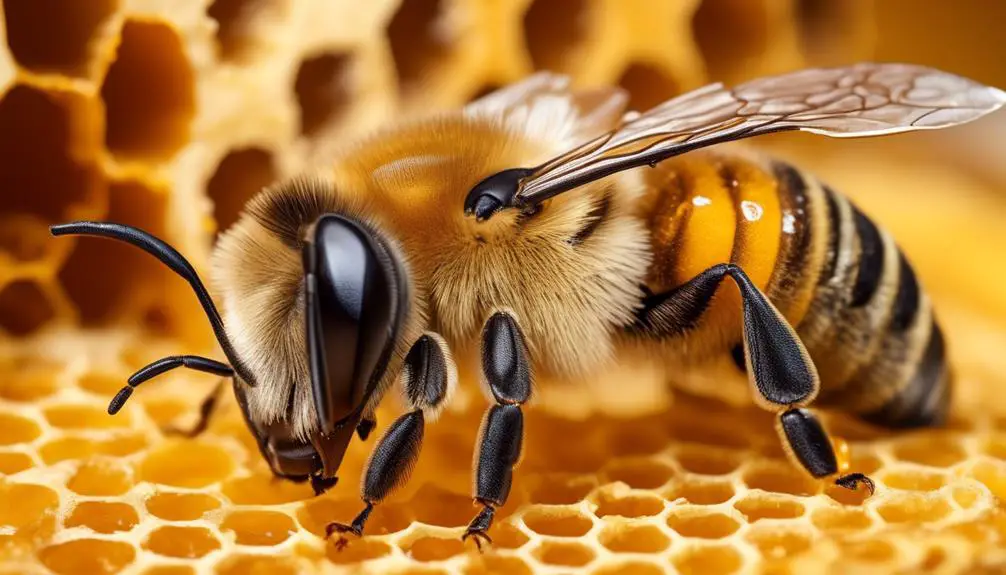
Building on their fascinating behaviors and significant role in maintaining biodiversity, it's worth exploring the unique lifestyle of leaf cutter bees in more detail. Unlike honeybees that live in complex, social colonies, leaf cutter bees are solitary creatures. They don't produce honey or beeswax and aren't aggressive unless provoked.
You'll find these bees cutting precise circles or ovals out of leaves, hence their name. They aren't causing damage, rather, they're collecting material to construct their nests. The female bee will create a series of cells within the nest, each lined with leaf pieces. These cells are where she'll deposit her eggs, along with a mixture of nectar and pollen for the larvae to eat once they hatch.
Leaf cutter bees are remarkable pollinators. As they move from flower to flower collecting pollen, they're inadvertently assisting in the pollination process, which is vital for plant reproduction. Their lifestyle might appear simple to the untrained eye, but it's a crucial part of our ecosystem.
Do Leaf Cutter Bees Make Honey?
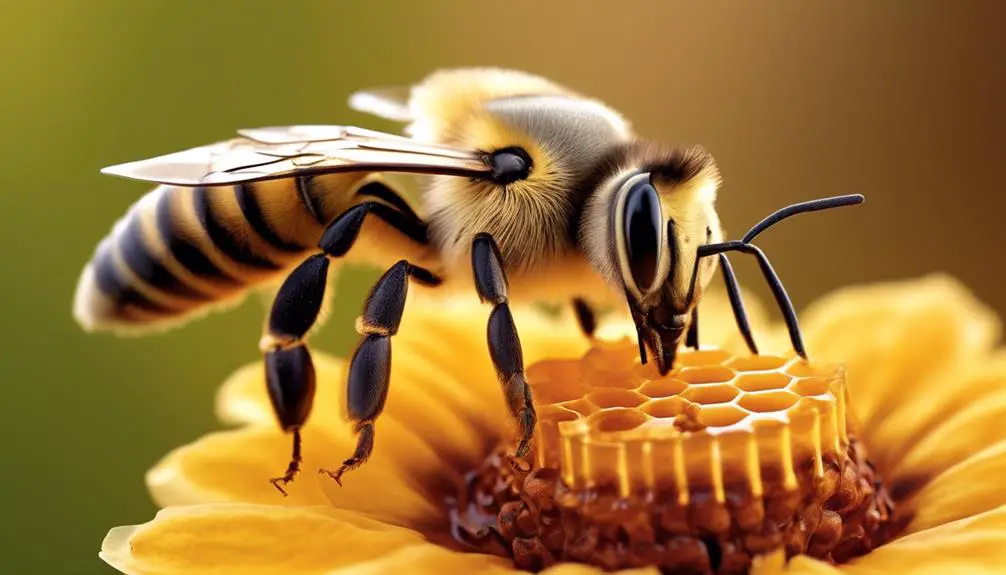
Contrary to popular belief, leaf cutter bees don't produce honey, their solitary lifestyle and nesting habits differing greatly from those of honeybees. Unlike honeybees who live in large, social colonies and create surplus honey to survive the winter, leaf cutter bees are solitary creatures. They don't have a hive to maintain or a queen to feed, so there's no need for them to make honey.
Leaf cutter bees are pollen gatherers, using their bodies to collect pollen and nectar from flowers. This collected food is used directly to feed their larvae, not stored as honey. Each leaf cutter bee constructs individual nesting cells within a nest, which is often located in rotting wood or in the ground. The bee fills each cell with a mixture of nectar and pollen, lays an egg, and then seals it off with a cut leaf. The larvae consume this food directly, leaving no surplus that could be turned into honey.
Comparing Honey Bees and Leaf Cutter Bees
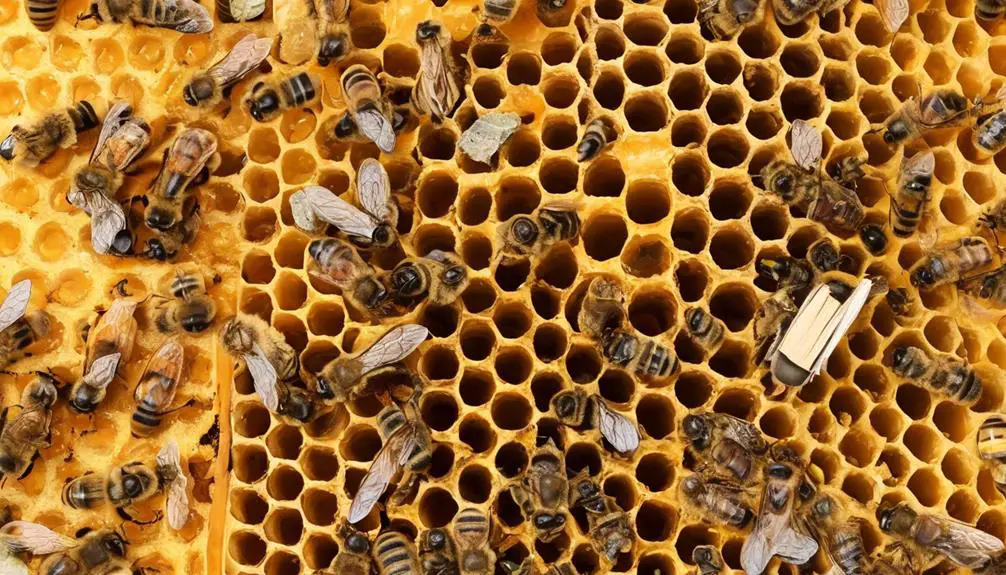
Despite their shared status as key pollinators, honey bees and leaf cutter bees exhibit a variety of distinct behaviors and characteristics that set them apart.
You'll find honey bees living in large, highly organized societies, typically within a hive. They're renowned for their production of honey from nectar, which they store as a food source for colder months.
In contrast, leaf cutter bees are solitary creatures. They don't form complex colonies like honey bees, and they certainly don't produce honey. Instead, they cut pieces of leaves to build nests for their offspring. These nests, often located in hollow stems or holes in wood, are stocked with pollen for the larvae to feed on once they hatch.
Another major difference lies in their pollination styles. Honey bees wet pollen and store it in pollen baskets on their hind legs, thereby reducing its availability for pollination. On the other hand, leaf cutter bees carry dry pollen on hairs underneath their abdomen. This makes them more efficient pollinators as more pollen gets transferred between flowers.
Impact of Leaf Cutter Bees on Ecosystem
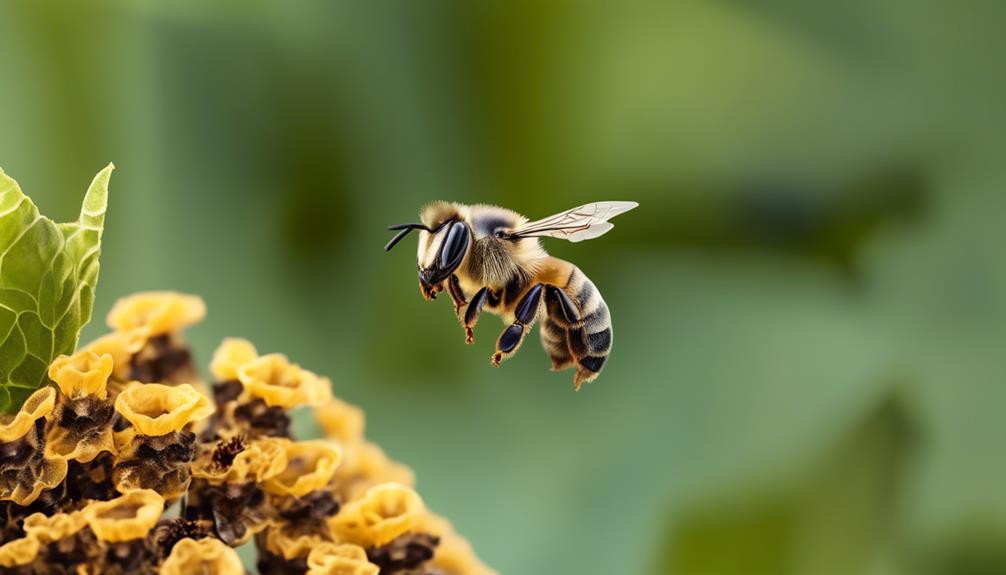
In the grand scheme of the ecosystem, leaf cutter bees play a significant role, particularly in the pollination process, which greatly contributes to the growth and survival of various plant species. You might not realize it, but these tiny insects have a considerable impact on our environment, and they're essential for maintaining biodiversity.
Through their daily activities, leaf cutter bees help in the fertilization of plants, leading to the production of fruits, vegetables, and nuts that you enjoy. Furthermore, they aid in the propagation of flowers, enhancing the beauty of our surroundings.
Have a look at this table:
Leaf Cutter Bees | Other Bees | Ecosystem | |
|---|---|---|---|
Pollination | High | Variable | Essential |
Plant Propagation | High | Low | Crucial |
Food Production | High | Medium | Vital |
This table shows just how vital leaf cutter bees are to the ecosystem. It's more than just about honey production; it's about the survival of our planet and the life that resides within it. So, next time you see a leaf cutter bee, remember they're doing a lot more than meets the eye.
Conclusion
In conclusion, leaf cutter bees don't produce honey like their honey bee counterparts. Their lifestyle is significantly different, focusing more on solitary nesting and leaf cutting for their offspring's nourishment.
Despite this, they play a crucial role in our ecosystem, especially in pollination. Understanding their unique behaviors and contributions can aid in their conservation, as well as promote a healthy and diverse environment.

